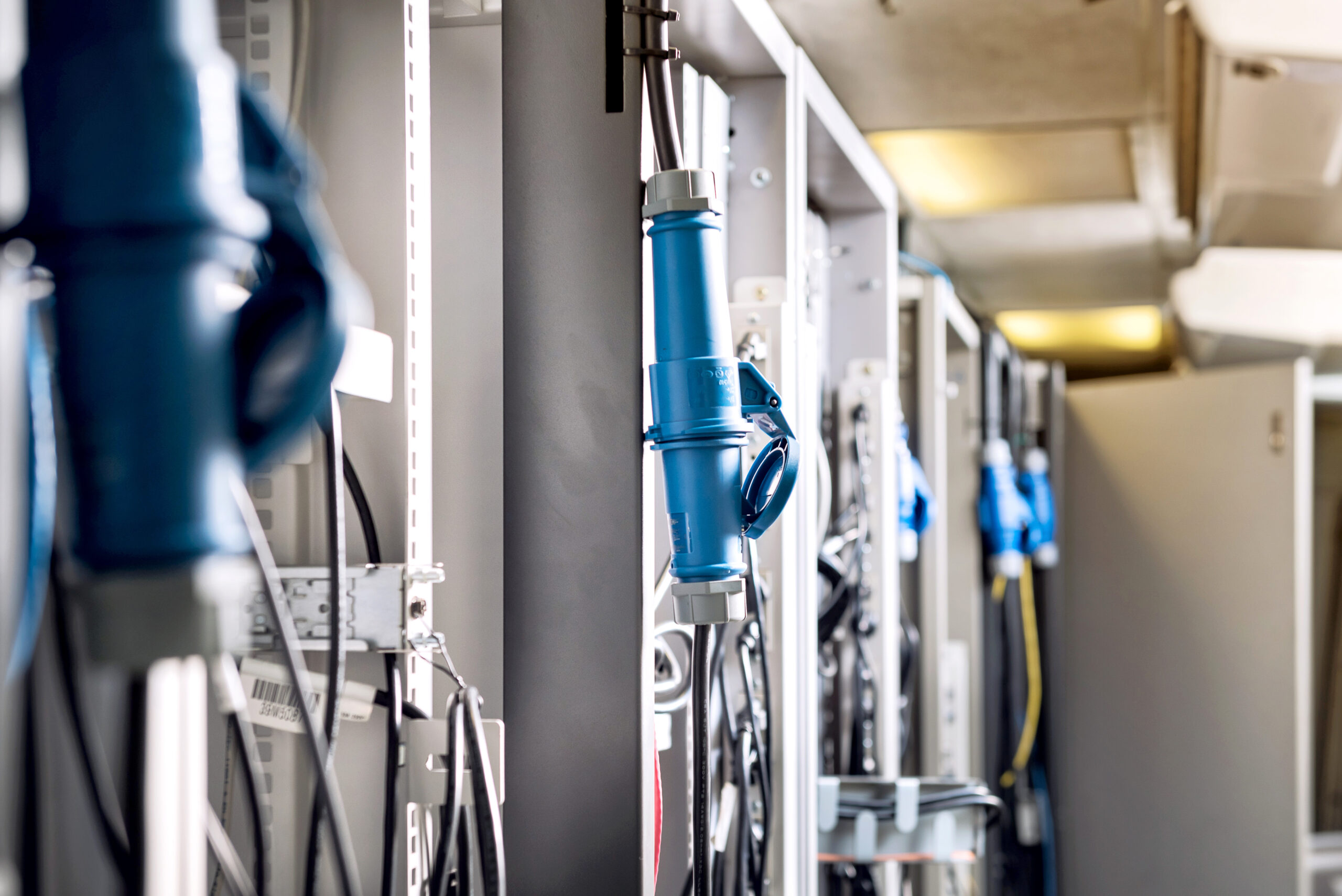Why You Should Monitor Power Usage and PDUs17 min read

Power costs continue to escalate in many data centers. Others face pressure to reduce power usage, improve power usage effectiveness (PUE) or even heavy restrictions on how much power they can access in the future.
According to Gartner analyst Henrique Cecci, power costs rise at 10% or more per year due to cost per kilowatt-hour (kwh) increases, competition for available resources within a region and the need for denser racks to support AI and high performance computing (HPC). He added that around 10% of data center operating expenditure is tied up in meeting power needs.
“Power is likely to be about 15% of data center opex within five years,” said Cecci. “In most cases, improving IT equipment power usage can result in the greatest overall improvement in PUE.”
Monitoring is Key
Cecci noted that PUE does a good job concerning the energy efficiency of facility components. However, it doesn’t necessarily provide in-depth insight into energy efficiency down to the IT equipment level. Yet this is an area that can bring about marked improvements in PUE and power costs. He recommended investment in the latest power management software and equipment as well as the deployment of systems that can monitor power infrastructure components, PDUs, servers and other elements of the infrastructure.
Here are some tips to help data center managers improve PUE via better monitoring of the underlying power infrastructure as well as individual components, while lowering power costs:
Payload Power
60% of payload power (power needed by IT equipment) is consumed by servers, according to Gartner. That number can be reduced by sound IT hygiene practices such as consolidating servers using virtual machines (VMs), deprovisioning inactive VMs, cleaning up unnecessary workloads and processes and replacing aging, power-hungry servers and equipment with modern, energy-efficient hardware.
Implement or Upgrade DCIM
Data center infrastructure management (DCIM) software has been around for some time. The latest versions add advanced features that enable fine tuning of power usage as well as detailed monitoring down to the equipment and component level to view exactly where the power budget is being wasted. Those who are yet to implement DCIM are encouraged to implement it. Those with aging DCIM platforms are advised to check out the newest generation of DCIM systems.
Upgrade the Power Delivery Infrastructure
Some data centers postponed much-needed equipment refreshes during the COVID-19 years. More recently, they have been changing out aging servers and other outdated equipment. Now it is the turn of uninterruptible power supplies (UPS), power distribution units (PDUs), transformers and other core elements of the power delivery landscape. Inefficiency among these components can markedly influence PUE and drive up costs.
“The importance of monitoring the power consumed by individual IT devices is increasing as data centers look to improve their sustainability profile and comply with current and upcoming efficiency regulations, such as the European Union’s updated Energy Efficiency Directive,” said Max Smolaks, Research Analyst at Uptime Institute Intelligence.
Prepare for AI
AI applications are coming rapidly to a data center near you! Get ready. Generative AI, in particular, can place heavy demands related to power consumption. Marc Cram, Director of Server Technology at Raritan, said hyperscalers and SaaS providers are implementing graphics processing units (GPUs) such as the H100 Tensor Core GPU that process massive amounts of data in parallel to keep pace with AI. Cram recommended the right sizing rack PDUs and other critical power equipment to meet the stringent requirements needed by AI.
Monitor PDUs
If PDUs fail, the entire data center is at risk. PDUs should always be monitored in areas such as:
- Rack PDU internal temperatures can climb rapidly. Data center managers should receive alerts about any shifts in temperature so they can avert problems. Set points need to be set about temperature and other parameters.
- Accurate humidity sensing to detect high or low humidity, as both can impact equipment performance via rust or static electricity formation.
- Historical graphing of power usage at the component and PDU level can highlight sudden spikes in consumption that might indicate impending failure or the need for replacement.
- PDU monitoring should be done via SNMP or browser to the PDU’s web server where alarm set-points can be updated to meet data center requirements.
- The accuracy of PDU monitoring should be done to within 0.5%.
“The descendants of simple power strips, rack PDUs have evolved to provide a wide range of power monitoring, management, and security features,” said Smolaks. “Some of the high-end models are equipped with color screens and outlet locking mechanisms, offer redundant network connectivity, and can diagnose common power issues right at the outlet. A few incorporate environmental sensors to proactively monitor environmental conditions without the need to deploy a separate monitoring solution.”
Real-time monitoring, data-driven optimization.
Immersive software, innovative sensors and expert thermal services to monitor,
manage, and maximize the power and cooling infrastructure for critical
data center environments.
Real-time monitoring, data-driven optimization.
Immersive software, innovative sensors and expert thermal services to monitor, manage, and maximize the power and cooling infrastructure for critical data center environments.

Drew Robb
Writing and Editing Consultant and Contractor
0 Comments